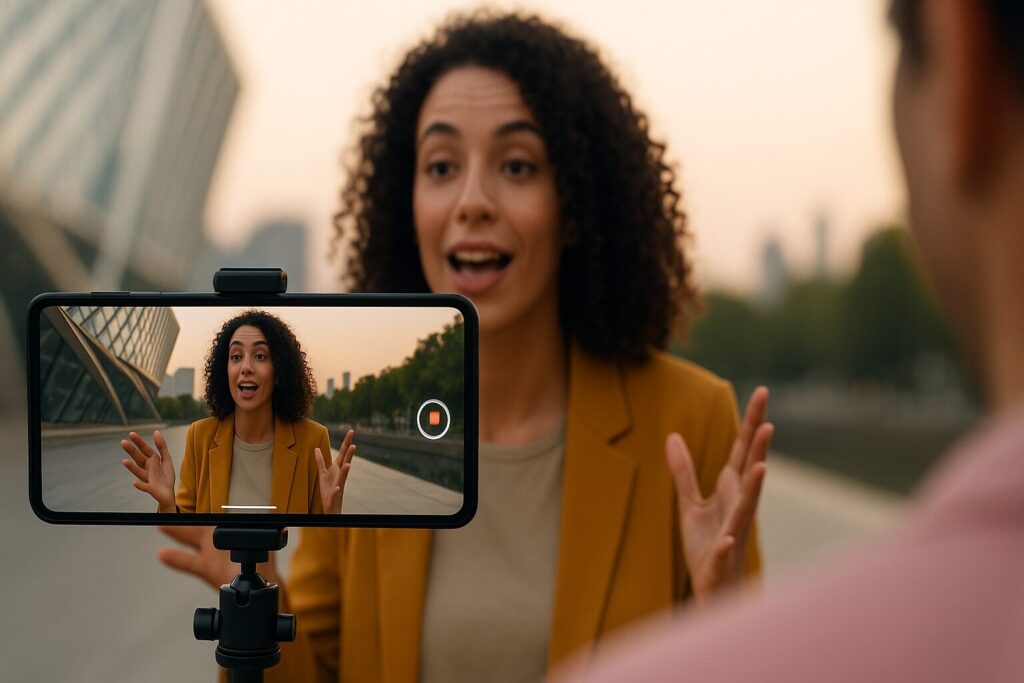
5 Things You Need to Know About Instagram’s New 5120×1080 Format (And How to Make It Work for Your Brand)
Instagram just dropped a bombshell for creators and brands: an ultra-wide 5120×1080 format. This isn’t just a cosmetic update. It’s a whole new way to capture attention in the feed and stand out in a crowded space. Think cinematic storytelling, panoramic brand experiences, and campaigns that feel impossible to scroll past. But here’s the catch: with every algorithm tweak, winners and losers emerge. If you want your brand to be on the winning side, you’ll need to understand not just the format, but how Instagram is rewarding (and penalizing) content right now. Here are 5 things you need to know about the new Instagram algorithm and how to use this update strategically for your brand. 1. Scroll-Stopping Visuals Are Non-Negotiable The new ultra-wide canvas favors big, bold creative. Think immersive product shots, panoramic event recaps, or cinematic collabs with creators. 💡 Tip: Don’t just resize old content. Plan visuals specifically for this format to maximize impact. 2. The Algorithm Rewards Experimentation Early adopters often get boosted by the platform. Instagram wants users to try new formats, and brands who lean in will see higher organic reach. 💡 Tip: Be among the first in your industry to test campaigns in 5120×1080. Even simple behind-the-scenes reels adapted to this size can pay off big. 3. Influencer Partnerships Just Got More Powerful This format was built for collaboration. Wide frames let creators and brands co-create content that feels cinematic and authentic. 💡 Tip: Pair the 5120×1080 format with influencer marketing. Imagine a creator telling your brand story across this ultra-wide canvas. Authenticity + scroll-stopping visuals = engagement. 4. Context is King With more visual real estate, you have more storytelling power, but the algorithm still prioritizes content that drives saves, shares, and comments. 💡 Tip: Use the extra space to add context (product benefits, storytelling, emotional cues) instead of just filling it with more design elements. 5. Consistency Still Wins Formats evolve, but the algorithm always rewards consistency and relevance. Posting once in 5120×1080 won’t change your game overnight. 💡 Tip: Integrate the new format into your ongoing content calendar. Test, learn, and adapt. Don’t just treat it as a one-off experiment. Final Takeaway Instagram’s 5120×1080 format isn’t just a new size, it’s a new stage. Brands that understand how to use it strategically, paired with smart influencer collaborations and consistent storytelling, will win. 👉 Ready to build campaigns that actually perform on the new algorithm? Let’s talk. Let’s talk!


